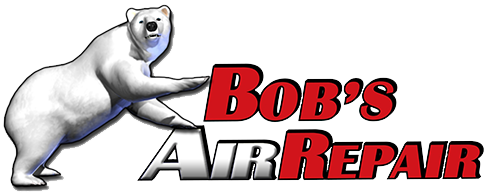Malfunctioning Thermostat
How to Know if You Have a Malfunctioning Thermostat
Your home’s thermostat is a crucial part of your HVAC system, responsible for maintaining a comfortable temperature and energy efficiency. But what happens when the thermostat isn’t functioning as it should? A malfunctioning thermostat can lead to discomfort, increased energy bills, and strain on your heating or cooling system. Here’s how to recognize if your thermostat might be the culprit and what steps you can take to resolve the issue.
- Temperature Discrepancies
One of the most noticeable signs of a faulty thermostat is when your home’s temperature doesn’t match what the thermostat is set to. If the thermostat reads 72°F but you’re sweating or shivering inside, this inconsistency often points to a malfunction. This can happen due to a failing sensor, incorrect calibration, or an electrical issue.
- HVAC System Won’t Turn On or Off
Another red flag is if your HVAC system doesn’t start up when the temperature drifts beyond your setting or continues to run long after it’s reached the desired temperature. This is a sign that the thermostat is no longer communicating properly with the system. A stuck relay, wiring issues, or a malfunctioning thermostat can be responsible.
- Unresponsive Controls
If the thermostat’s display is unresponsive or shows a blank screen, you may be dealing with a dead battery, faulty wiring, or an entirely broken thermostat. Before assuming the worst, try replacing the batteries if applicable. However, if the display remains off or unresponsive after this step, it’s time to investigate further or call a professional.
- Frequent Temperature Fluctuations
Does your home’s temperature seem to swing wildly, even when you’ve set the thermostat to maintain a steady level? This erratic behavior may indicate that the thermostat is misreading the actual indoor temperature or failing to maintain consistent control over the HVAC system. Thermostats with old or worn-out sensors often experience this issue.
- Increased Energy Bills
A sudden spike in your utility bills could indicate that your HVAC system is working harder than it needs to because the thermostat isn’t properly regulating the temperature. This can cause your system to cycle more frequently or run continuously, consuming more energy than necessary. If you notice an unexpected rise in costs, check your thermostat’s functionality.
- Short Cycling
Short cycling occurs when your HVAC system turns on and off frequently without completing a full cycle. This can be damaging to your system over time and is often caused by a thermostat that’s failing to correctly sense temperature changes. A professional inspection can determine whether the issue is thermostat-related or due to other HVAC problems.
- Old or Outdated Thermostat
Sometimes, the problem isn’t necessarily a malfunction but rather that your thermostat is outdated. Older, non-programmable thermostats lack the precision and energy-saving capabilities of modern models. If your thermostat is more than 10 years old, it may be worth upgrading to a newer, more efficient model to avoid frequent malfunctions and save on energy costs.
What You Can Do
If you suspect that your thermostat is malfunctioning, try these steps before calling in a professional:
- Check the batteries: If your thermostat runs on batteries, low power could cause it to malfunction.
- Reset the thermostat: Sometimes, a simple reset can fix the issue. Refer to your thermostat’s manual for instructions.
- Inspect the wiring: Loose or frayed wires can prevent the thermostat from functioning properly.
- Clean the unit: Dust and debris can interfere with a thermostat’s sensors. Gently clean the surface and interior if possible.
If these steps don’t resolve the issue, it may be time to replace the thermostat or call in a professional HVAC technician for a more in-depth inspection.
A malfunctioning thermostat can cause discomfort and lead to higher energy bills if left unresolved. By recognizing the signs and addressing them promptly, you can ensure that your HVAC system runs efficiently and keeps your home comfortable year-round. If you suspect thermostat trouble and can’t fix it on your own, Bob’s Air Repair is here to help with professional HVAC services to diagnose and solve the problem.
For more information or to schedule a service, contact us today at 530-345-9800.
